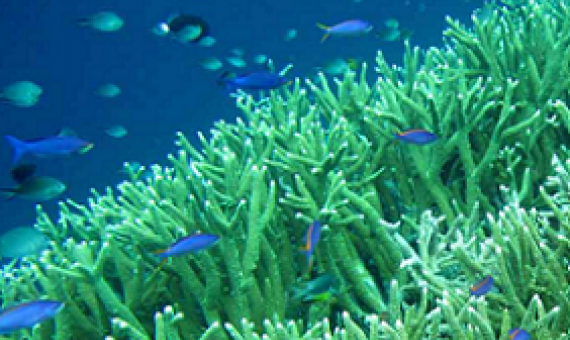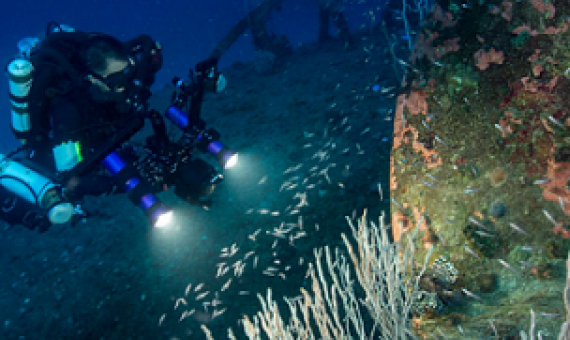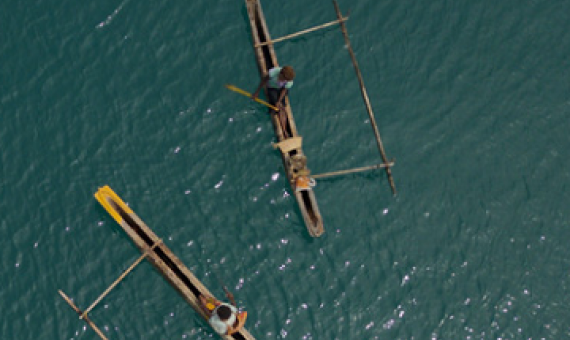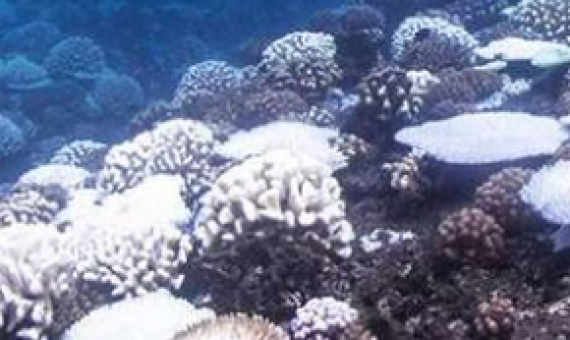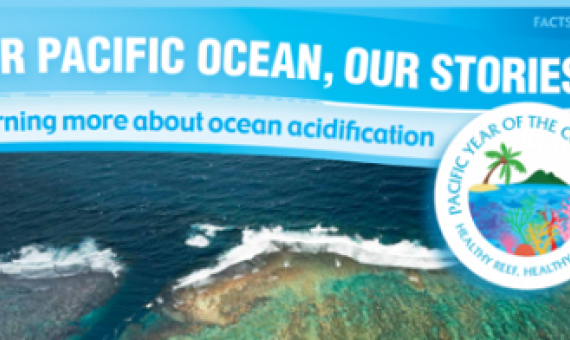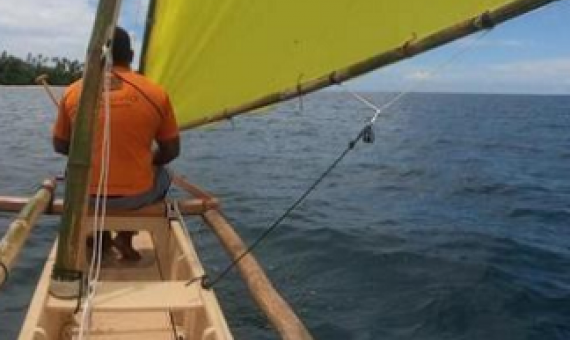The best way to protect corals threatened by climate change is to conserve a wide range of their habitats, according to a study in Nature Climate Change. The finding likely applies to conservation efforts for many other species in the ocean and on land, including trees and birds.
This scientist couple created an airborne observatory to map tropical forests. Now they’re using it to identify threatened reefs. Click on the link below to read the full article.
Marine resources play a vital role in food security for coastal communities across Papua New Guinea, which, after Australia, is the largest and most populated country in Oceania.
In Hawai‘i, reefs provide more than $836 million in flood protection benefits to people, property and jobs every year—more than every other state and territory in the nation, according to a new report released by the U.S.
The reefs that ring the French Polynesian islands of Mo'orea and Tahiti are in the grip of a massive coral bleaching event, described by both locals and scientists as one of the most devastating they've encountered. Click on the link below to read the full article.
On 8 June this year, World Oceans Day, five new factsheets are launched as part of the Oceans Toolkit for Pacific Media which was launched during World Oceans Day in 2018. These new factsheets span information on ocean acidification, tides, Pacific Ocean.
There is increasing scientific conviction that blue carbon is one of the cheapest options for carbon capture.
One hundred canoes by Christmas...That's the aim of one of the Pacific's most ambitious traditional boat building projects. Click on the link below to read the full article.
Gravity of human impacts mediates coral reef conservation gains
Our global analysis of nearly 1,800 tropical reefs reveals how the intensity of human impacts in the surrounding seascape, measured as a function of human population size and accessibility to reefs (“gravity”), diminishes the effectiveness of marine reserves at sustaining reef fish biomass and the presence of top predators, even where compliance with reserve rules is high. Critically, fish biomass in high-compliance marine reserves located where human impacts were intensive tended to be less than a quarter that of reserves where human impacts were low.
Integrating Three-Dimensional Benthic Habitat Characterization Techniques into Ecological Monitoring of Coral Reefs
Long-term ecological monitoring of reef fish populations often requires the simultaneous collection of data on benthic habitats in order to account for the effects of these variables on fish assemblage structure. Here, we described an approach to benthic surveys that uses photogrammetric techniques to facilitate the extraction of quantitative metrics for characterization of benthic habitats from the resulting three-dimensional (3D) reconstruction of coral reefs.
